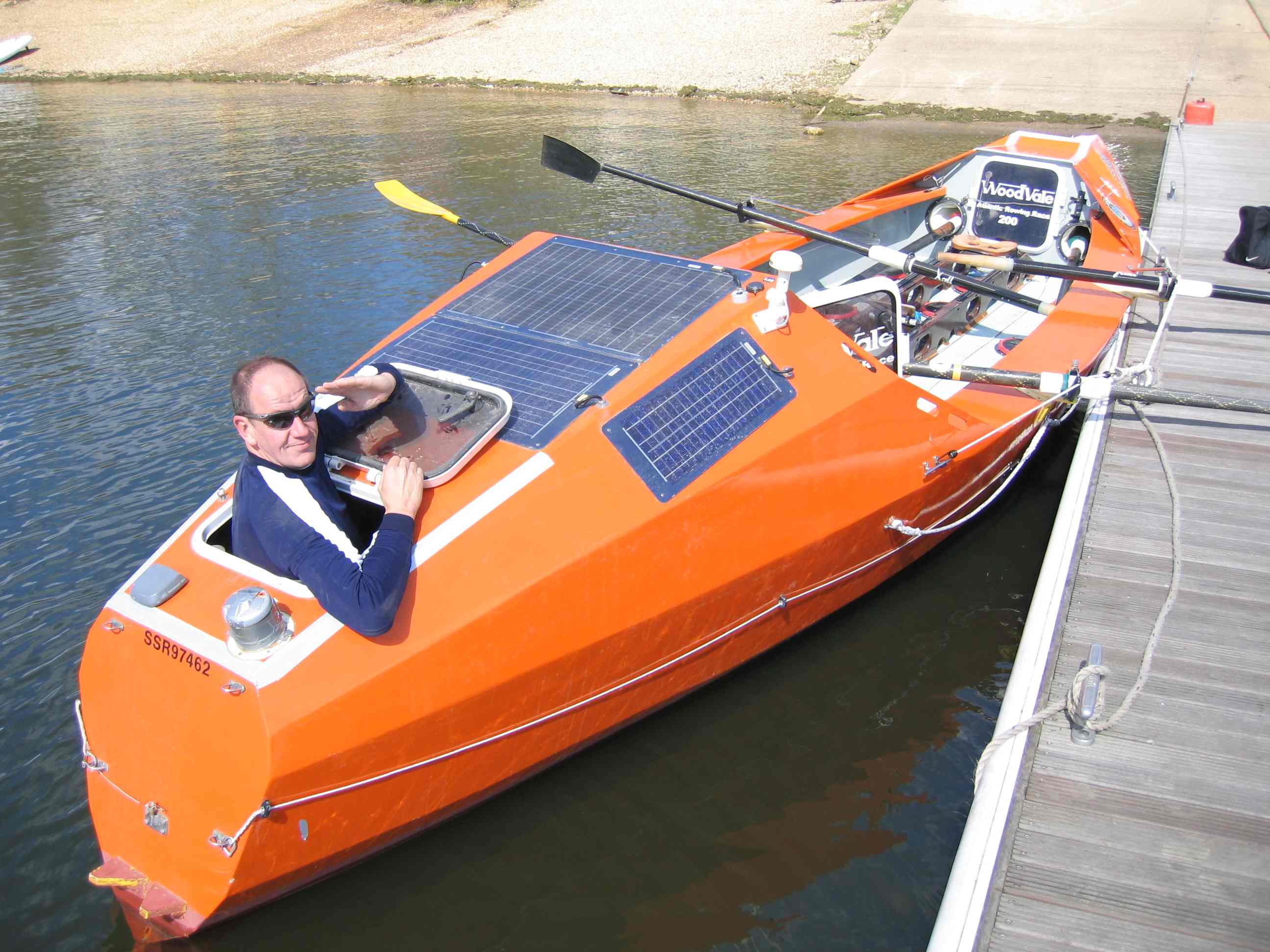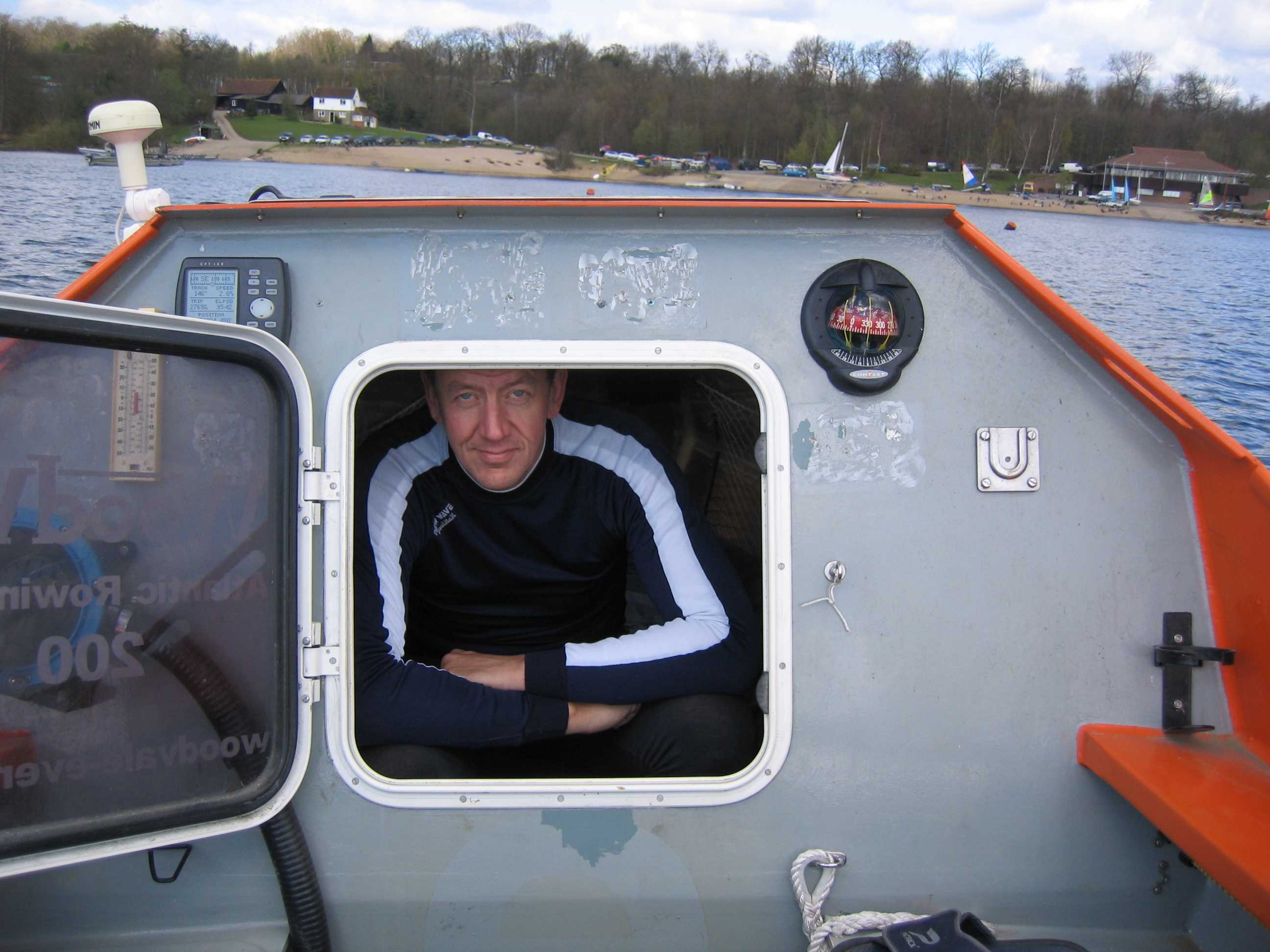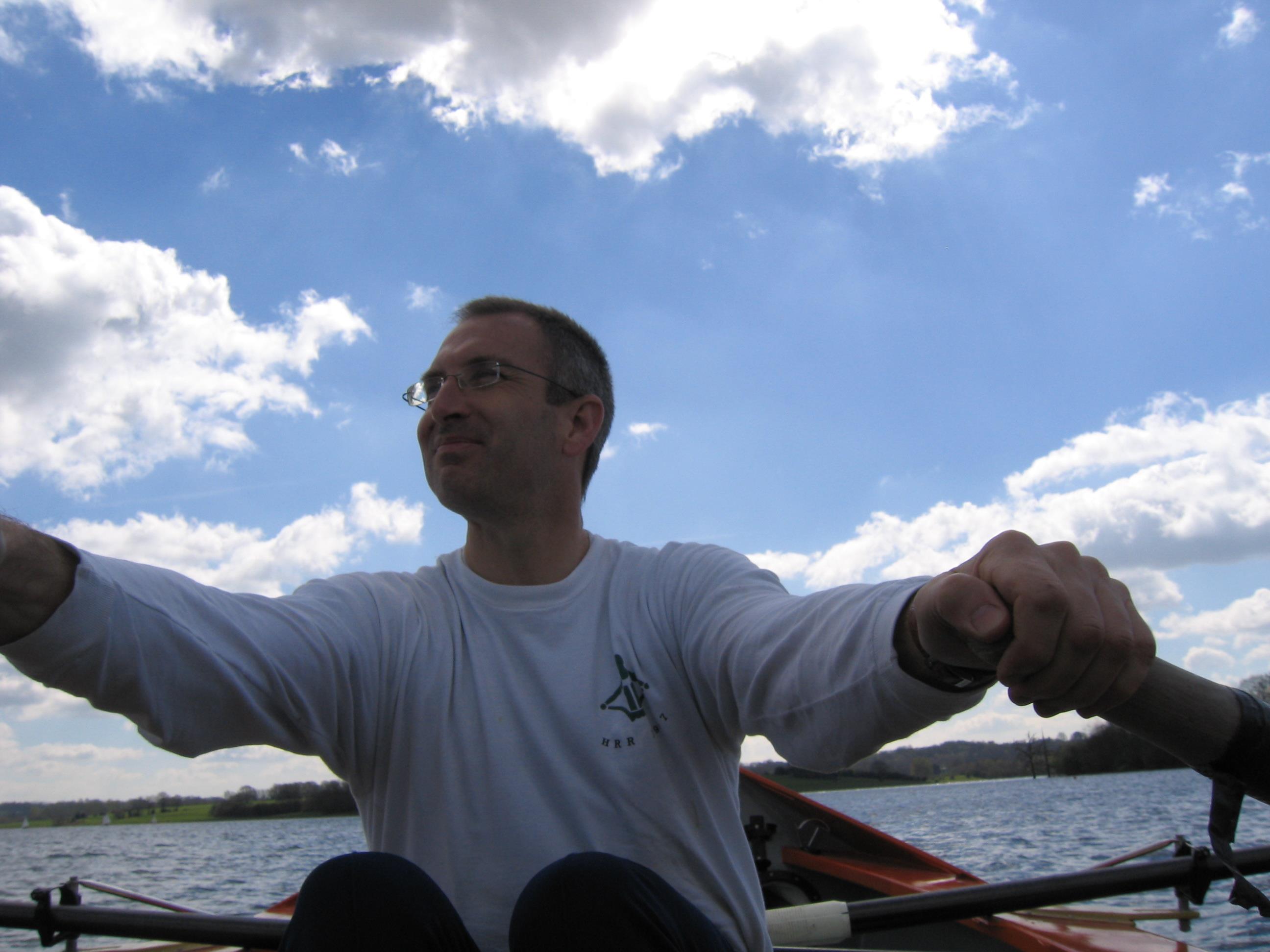A. There are minimum specifications which all boats must meet, in terms of key measurements and weight, but it is then up to each crew to fit out the boats to suit their needs. Follow this link for information on the boat design.
Q. How do you know where you are during the race?
A. Crews use GPS (Global Positioning System) to navigate their way across the Atlantic. However, crews also take a sextant as a back up measure.
Q. What safety equipment is carried on board?
A. All crews must carry minimum designated equipment, which includes life jackets, life raft, survival suits, EPIRB (Emergency Position Indicating Radio Beacon), VHF radio, satellite telephone and an extensive medical kit.
Q. What happens in an emergency?
A. The racing fleet will be followed by support vessels which will provide cover in emergencies. A medic will also form part of the safety vessel crew, trained to provide medical assistance either via VHF radio/satellite telephone or on board.
Q. What do you do for food?
A. Each team must be completely self sufficient for the entire duration of the crossing, so all food has to be taken on board - mostly in the form of the freeze dried or boil-in-the-bag variety. However, in our case, there will also be a fair amount of chocolate, energy bars etc. (well we will need some goodies to look forward to!)
Q. And what about drinking water?
A. All boats must carry a water desalinater, which turns salt water into drinking water - not quite mountain fresh, but just about drinkable.
Q. How is the electrical equipment powered?
A. Electrical equipment is powered by a series of solar panels fixed to the cabin roof, which charge the boat's battery. This is the only source of producing energy on board, so extended periods of cloudy weather could be "interesting".
Q. Where is the sleeping accommodation?
A. The stern cabin has been designed so that both crew members can rest/sleep at the same time if necessary. But with Clint at 6'6", and Chris at 6'3", it is fair to say that there will not be a lot of spare space. Generally, however, most crews do not sleep at the same time, but take it in turns.
Q. So what is the rowing routine?
A. Most crews take it in turns to row, rather than both members rowing at the same time. Commonly, a watch system is two hours on, two hours off during the day, with perhaps longer periods of row or rest at night time (e.g. three hours on, three hours off). That means that someone is rowing at all times of the day and night. However, there are likely to be some periods when the weather conditions will force both rowers to stop and seek shelter.
Q. How do you go to the toilet?
A. The most frequently asked question! Bucket and chuck it!


